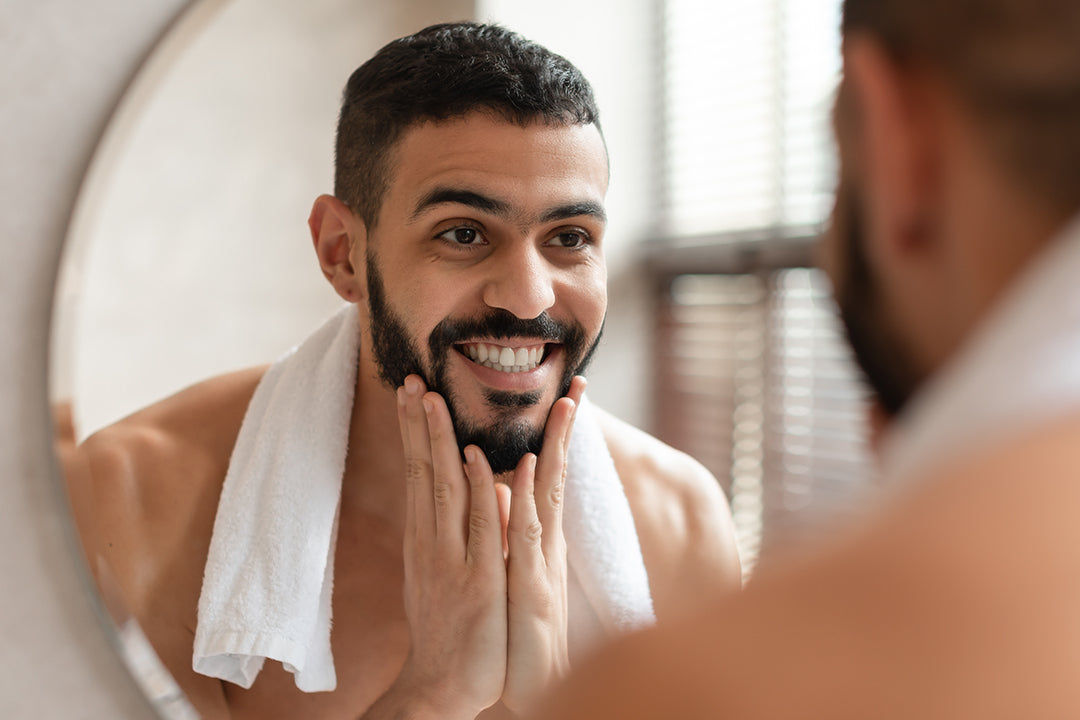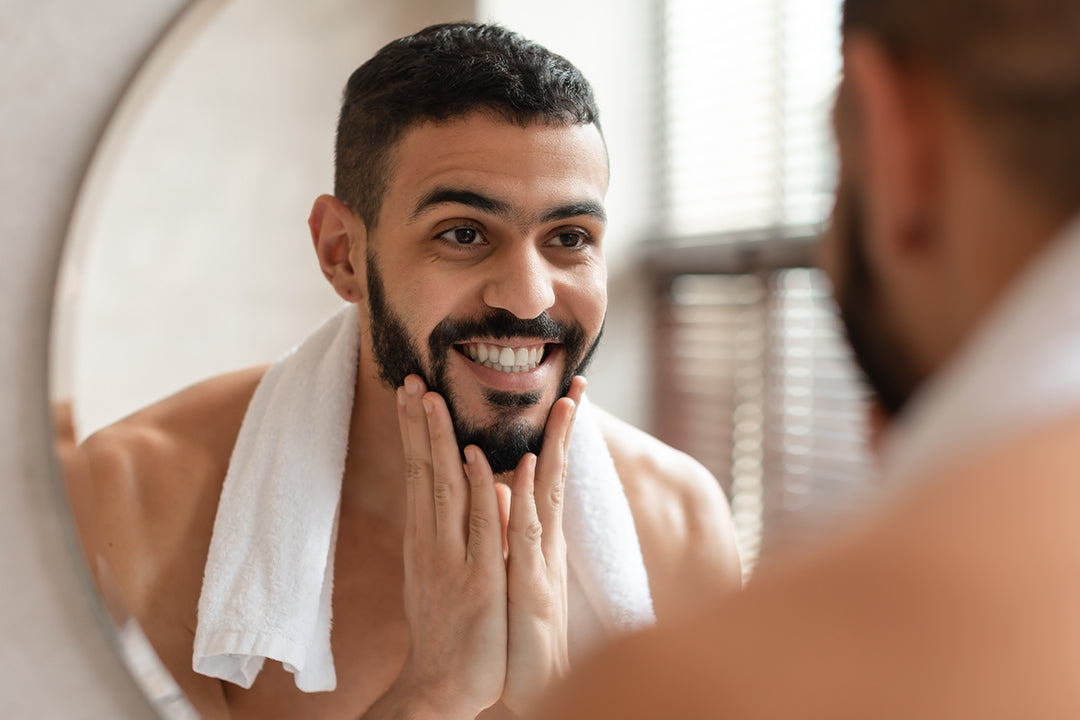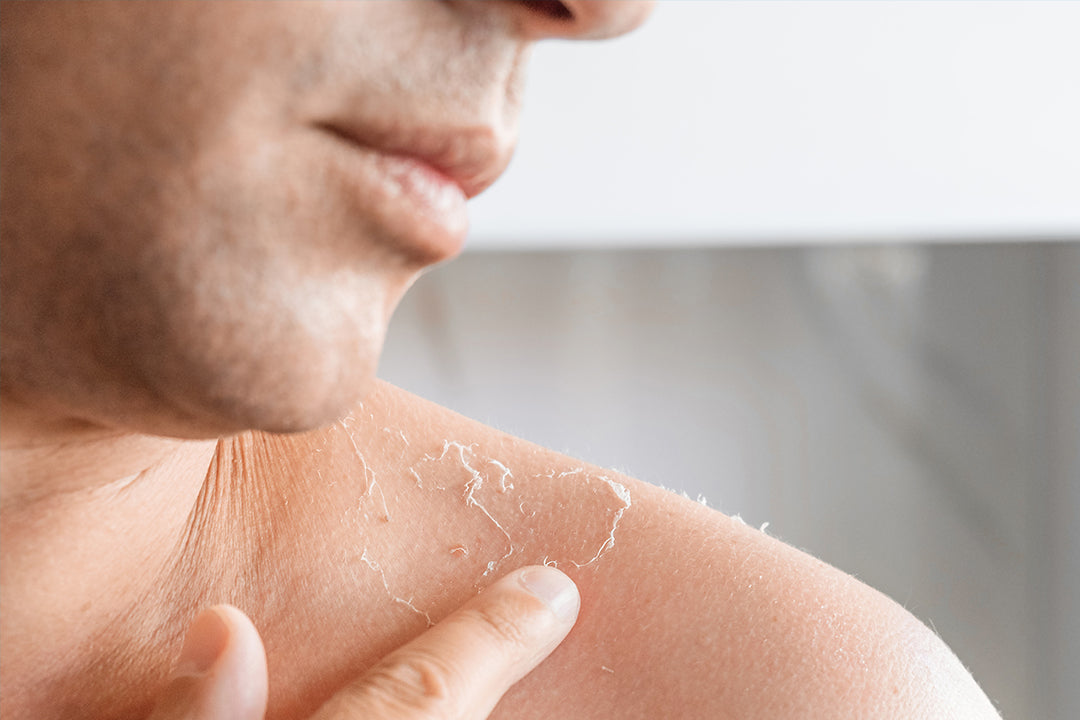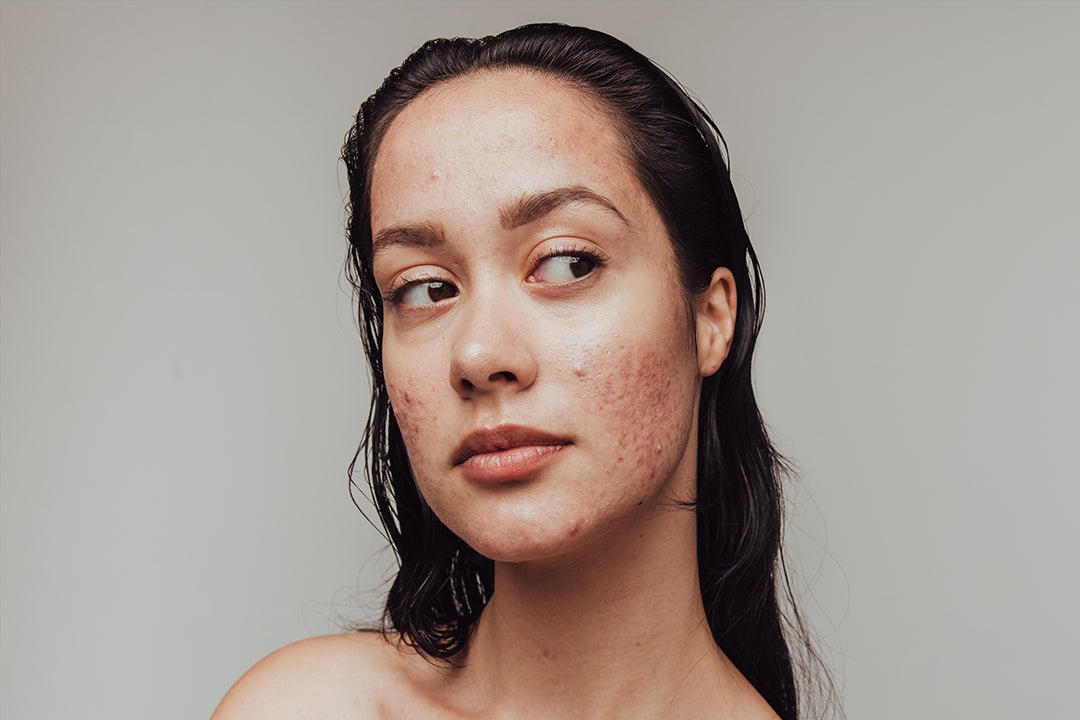Toners are an essential part of any skincare routine, helping to balance the skin’s pH, remove any leftover impurities, and prepare the skin for the next steps in your regimen. However, the way you layer your products after toning can significantly impact their effectiveness. In this post, we’ll demonstrate how to properly layer your skincare products after toning to achieve the best results for your skin.
Step 1: Cleanser
Why It’s Important: Cleansing is the first step in any skincare routine, removing dirt, oil, and makeup from the skin. This creates a clean canvas for the rest of your products to work effectively.
How to Use:
- Choose a gentle cleanser suited to your skin type.
- Use lukewarm water to open up your pores, allowing the cleanser to penetrate more deeply.
- Rinse thoroughly and pat your skin dry with a clean towel.
Step 2: Toner
Why It’s Important: Toners help to balance the skin’s pH, remove any residual impurities, and prepare your skin to absorb subsequent products more effectively.
How to Use:
- Apply the toner using a cotton pad or your hands, gently patting it onto your face.
- Focus on areas that tend to be more oily or prone to breakouts.
- Allow the toner to absorb fully before moving on to the next step.
Step 3: Serum
Why It’s Important: Serums contain concentrated active ingredients that target specific skin concerns, such as hydration, brightening, or anti-aging.
How to Use:
- Apply a few drops of serum to your face and neck.
- Gently press the serum into your skin, focusing on areas that need the most attention.
- If you’re using multiple serums, layer them from the thinnest to the thickest consistency, allowing each one to absorb before applying the next.
Step 4: Eye Cream
Why It’s Important: The skin around your eyes is delicate and more prone to showing signs of aging, such as fine lines and dark circles. An eye cream helps to hydrate and protect this area.
How to Use:
- Apply a small amount of eye cream to your ring finger.
- Gently tap the cream around the orbital bone, avoiding direct contact with your eyes.
- Allow the eye cream to absorb fully before applying moisturizer.
Step 5: Moisturizer
Why It’s Important: Moisturizers help to lock in hydration and protect your skin’s barrier, ensuring that all the previous layers are sealed in for maximum benefit.
How to Use:
- Choose a moisturizer that suits your skin type—lighter formulations for oily skin and richer creams for dry skin.
- Apply an even layer across your face and neck, gently massaging it into your skin.
Step 6: Sunscreen (Morning Routine Only)
Why It’s Important: Sunscreen is crucial for protecting your skin from harmful UV rays, which can cause premature aging, sunburn, and even skin cancer.
How to Use:
- Apply a broad-spectrum sunscreen with at least SPF 30 as the final step in your morning skincare routine.
- Make sure to cover all exposed areas, including your face, neck, and the backs of your hands.
- Reapply every two hours if you’re spending time outdoors.
Step 7: Night Cream or Treatment (Evening Routine Only)
Why It’s Important: At night, your skin goes into repair mode, making it an ideal time to apply treatments like retinoids or heavier creams that help with skin regeneration and repair.
How to Use:
- Apply your night cream or treatment as the final step in your evening routine.
- Focus on problem areas and gently massage the product into your skin.
Tips for Layering Skincare Products
- Wait Between Layers: Allow each product to absorb fully before applying the next one. This helps to prevent pilling and ensures that each product can work effectively.
- Start Light: Always apply products from the lightest (thinnest) to the heaviest (thickest) consistency. This allows for better absorption and maximizes the benefits of each layer.
- Patch Test New Products: Before incorporating a new product into your routine, perform a patch test to ensure it doesn’t cause irritation or breakouts.
Layering your skincare products correctly after applying toner can significantly enhance their efficacy, leading to healthier, more radiant skin. By following these steps and understanding the role of each product, you can create a skincare routine that meets your specific needs and maximizes the benefits of your products.





